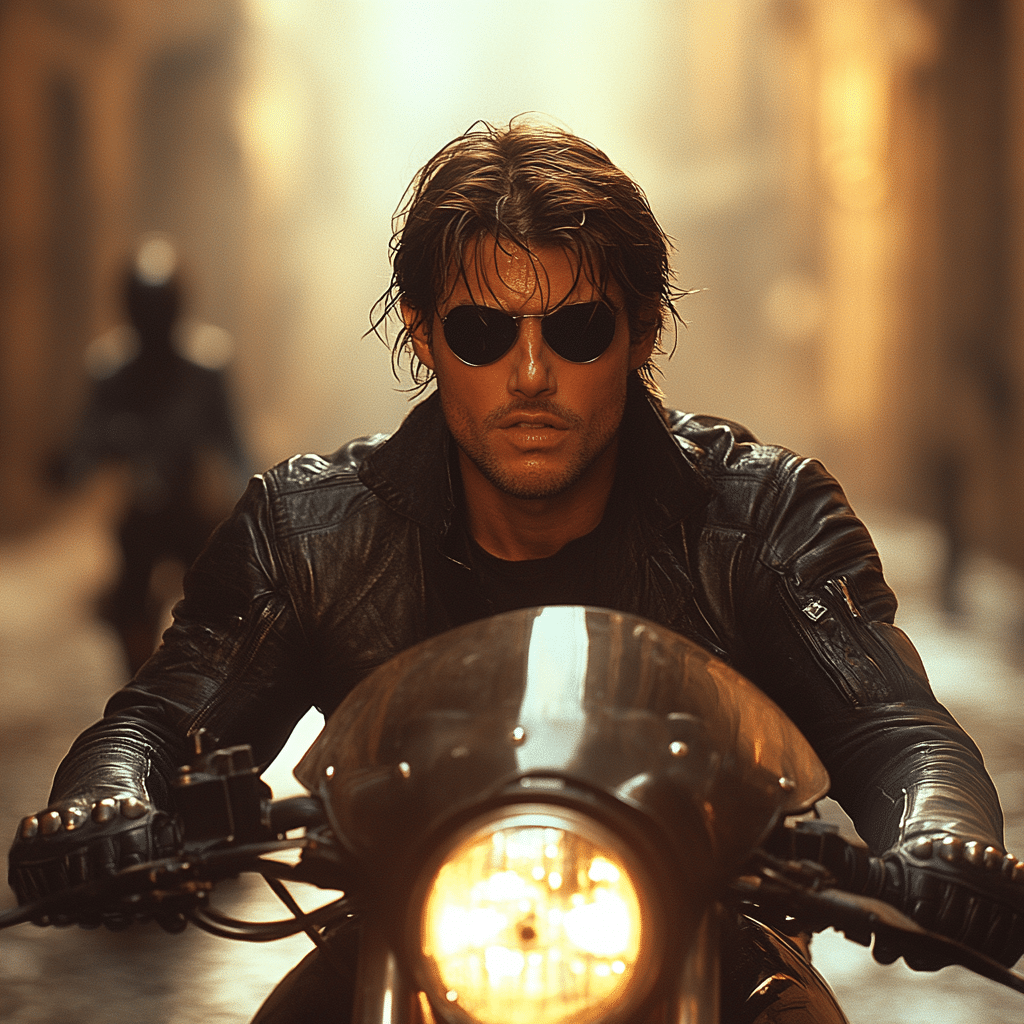
Mission Impossible 2 Dives Into Thrilling Action And Suspense
The adrenaline-fueled journey of Mission Impossible 2 began when it hit theaters in 2000. It made a substantial mark not only in the franchise itself but also in the action genre as a whole. This film, directed by John Woo, introduced a blend of jaw-dropping stunts and complex storylines that set new benchmarks that are still echoed in contemporary action films. With innovative slow-motion sequences and choreography, Mission Impossible 2 offered more than just entertainment; it influenced how future films would depict action and suspense, changing the game for other franchises like Mission Impossible 3, which followed six years later.
The Legacy of Mission Impossible 2: A Deeper Look into Its Impact
Mission Impossible 2 ushered in a new era for action films, showcasing a style that would influence many future endeavors. John Woo’s unique direction emphasized bold visuals—a signature feature that became expected in subsequent installments of the franchise. The film not only provided thrilling entertainment but also managed to weave emotion and character-driven narratives into its high-stakes plot.
This cinematic installment candidly explored themes of ethics, revenge, and love intertwined with breathtaking action. The outcome? A profound impact on not just audiences but filmmakers who sought to emulate its success. As directors aspire to capture the essence of what made Mission Impossible 2 a standout film, its legacy becomes undeniable—making it a pivotal reference point in understanding modern action cinema. Popular franchises have pulled inspiration from its high-octane energy, setting ambitious standards for what action films could achieve.
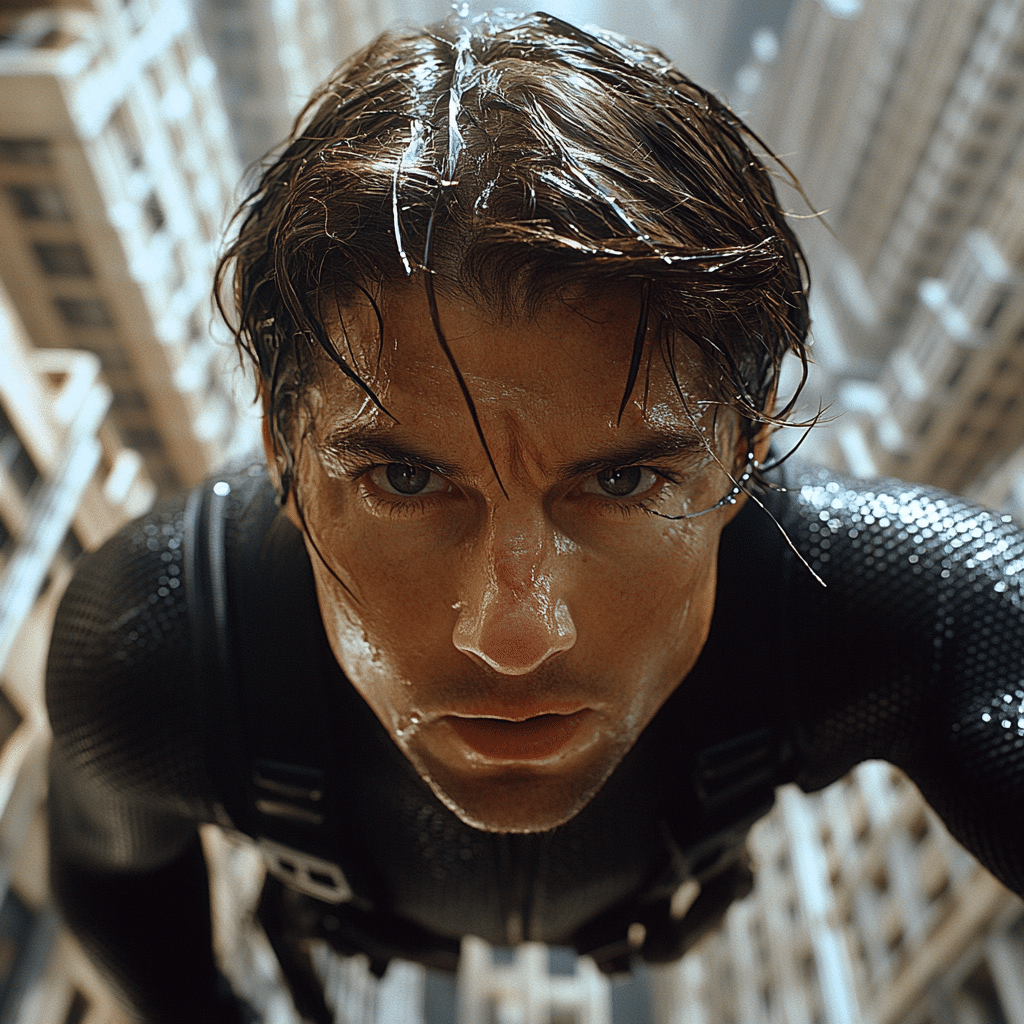
Top 5 Thrilling Action Scenes in Mission Impossible 2
Mission Impossible 2 is known for its heart-pounding action, showcasing scenes that have become iconic. Below are the top five showcases that exemplify the film’s thrilling nature:
This audacious opening features Tom Cruise’s Ethan Hunt climbing a rugged cliff with sheer grit and no safety measures. This scene perfectly captures Hunt’s character—a blend of reckless bravery and unyielding determination. It lays the groundwork for his evolution throughout the film, emphasizing personal risk and sacrifice.
The motorcycle chase not only adds adrenaline but breathes life into the bustling streets of Sevilla. The lively scenery becomes a character in its own right, heightening the stakes of the pursuit while showcasing Hunt’s skills. It’s a masterclass in using location to amplify tension and excitement.
The elaborate planning involved in stealing the bio-weapon keeps viewers on the edge of their seats. It perfectly balances run-and-gun action with the intricacies of espionage, hinting at the narrative evolution we’d see in Mission Impossible 3. This tension and complexity showcase the intelligence behind the film’s plot.
It’s a rollercoaster of emotions coupled with physical confrontations. The climactic showdown between Hunt and his nemesis, Sean Ambrose (played by Dougray Scott), embodies the entire film’s essence. This face-off elegantly combines character depth and dynamic action, pushing both men to their limits.
In this nail-biting scene, urgency becomes palpable as Hunt races against time to prevent a devastating outbreak. The action blends seamlessly with the narrative, drawing viewers into a race that feels every bit as life-or-death. This tension extends into Mission Impossible 3, comparing similar high stakes yet resulting in contrasting outcomes.
The Evolution of the Series: Comparing Mission Impossible 2 and Mission Impossible 3
By the time Mission Impossible 3 arrived on the scene in 2006, the franchise had undergone a considerable transformation. Directed by J.J. Abrams, it shifted from the spectacle-driven nuance of Mission Impossible 2 to a more intimate, character-focused storyline. This change brought depth to Ethan Hunt’s character and introduced personal stakes that appealed emotionally to audiences.
In Mission Impossible 2, the plot is meticulously built around action scenarios and set pieces, bordering on iconic. When comparing this to Mission Impossible 3, one could argue the latter excels in character development, presenting a more nuanced iteration of Hunt’s psyche. The emotional arcs presented in the third film create a haunting contrast to the bravado of its predecessor, offering viewers a richer experience.
Ultimately, while Mission Impossible 2 set the stage for action-packed storytelling, Mission Impossible 3 explored the humanity behind the hero, demonstrating that action films can also delve into complex emotions apart from sheer spectacle.
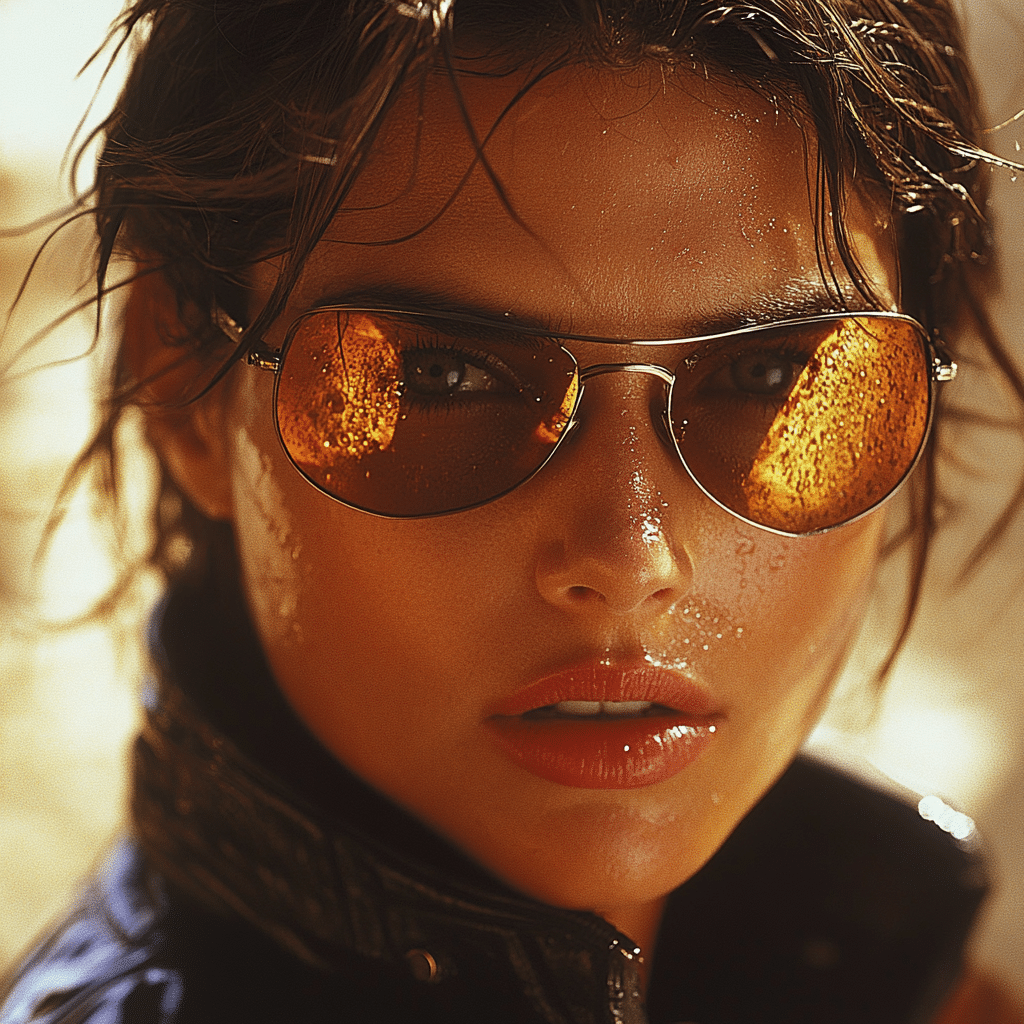
The Role of Stunt Coordination in Mission Impossible 2
It’s worth mentioning the tireless efforts of stunt coordinators, particularly Jeff Habberstad and his team. They made substantial contributions to the breathtaking scenes in Mission Impossible 2. Their work showcases how practical effects and carefully choreographed stunts elevate the film’s visual storytelling, contrasting with today’s penchant for CGI.
In an era before modern digital effects took over the industry, Habberstad emphasized real-world stunts. This shift toward authenticity not only enhances the film’s thrill but also sets a standard for today’s independent filmmakers. The dedication to live-action stunts inspires a synergy between creativity and safety, a lesson that many indie projects could adopt moving forward.
With filmmaker energy now increasingly focused on practical effects, there’s a revival in attention to real stunts that properly honor the art of what it means to make an action film. Mission Impossible 2 shows us that true excitement doesn’t need to rely on pixels; sometimes, real action can create a more immersive experience than any CGI could conjure.
Lasting Cultural Impact of Mission Impossible 2 and Its Relevance Today
More than two decades later, Mission Impossible 2 remains a gold standard in the action movie canon. Its contributions to pop culture and the expectations surrounding franchise filmmaking echo through modern cinema. Films released today often borrow on elements showcased in this 2000 classic, from the ever-stylish action scenes to thematic narratives woven with ethical dilemmas.
The idea of over-the-top action sequences influenced everything from blockbuster releases to indie flicks. As audiences demand more thrilling spectacles, Mission Impossible 2 serves as a benchmark for balancing stunts with storytelling.
In an age where action films are often judged by their ability to captivate, this film stands tall. Its resonance in discussions about action and suspense showcases its continued relevance and exposure in venues like the “Bad Monkey” cast ensemble. As filmmakers strive to push boundaries, Mission Impossible 2 remains a signpost for what the art of action filmmaking can achieve.
A New Era in Action Cinema
Reflecting on Mission Impossible 2, it’s clear the film does more than just thrill; it signifies a turning point for the action genre. Combining character-driven narratives with stunning set pieces carved a path for future movies, breathing vibrant life into the franchise.
As filmmakers challenge themselves to harmonize suspense and explosive action, the legacy of Mission Impossible 2 serves as a compelling case study. Its influence echoes through current trends and projects, reminding us that in action cinema, it’s not just about how thrilling the ride is but also about the human stories behind it. With Mission Impossible 2, the genre discovered a balance that continues to shape its evolution, leaving an indelible mark that screenwriters and directors still aspire to recreate today.
Mission Impossible 2: Thrilling Action and Trivia
Behind the Stunts and Action
“Mission Impossible 2” is packed with jaw-dropping stunts that had audiences on the edge of their seats. For instance, Tom Cruise famously performed his own motorcycle stunts during the breathtaking chase scenes. This commitment to authenticity is a hallmark of the franchise, which has made Cruise a household name. Interestingly, his dedication echoes the passion found in the world of indie filmmaking, where actors often go that extra mile to deliver genuine performances. Speaking of dedication, Kristen Bell’s husband is also known for taking risks in his projects, balancing fun and intensity much like the thrilling sequences in “Mission Impossible 2.”
Star Power on Set
Did you know that the film not only brought action but also a unique blend of charm with its cast? Dougray Scott, who portrayed the villain, had a close call with another significant franchise, as he was originally cast in “X-Men” but had to drop out due to scheduling conflicts with “Mission Impossible 2.” Alongside him, fans enjoyed the steely presence of Thandiwe Newton, who made quite a mark with her performance. When we delve deeper into character dynamics, one might notice similarities with quirky animated films like “Wreck It Ralph.” You know, the way the layers of character develop often leads to unexpected alliances—much like in “Mission Impossible 2.”
Fun Facts That’ll Surprise You
Another fun tidbit is that the famous helicopter chase sequence was filmed amidst a real landscape, making it all the more thrilling. Natural backdrops can often elevate a film’s visuals, a tactic that’s not only reserved for blockbusters but also embraced by indie filmmakers at places like the ever-popular Brothers Sushi, where creating a unique dining experience can parallel cinematic storytelling. As we dive into pop culture, fans of animation might be excited to hear about the buzz surrounding Ice Age 6, which shows that even beloved franchises often tap into similar adventurous spirit found in “Mission Impossible 2.
So, the next time you dive into “Mission Impossible 2,” remember the hard work behind those stunts and the interconnected nature of storytelling—whether in action films or animated classics. You might even spot nuances that appeal to your favorite projects, akin to the on-screen camaraderie seen in the upcoming “Bad Monkey” cast. It’s a wild ride, blending thrills with relatable moments!
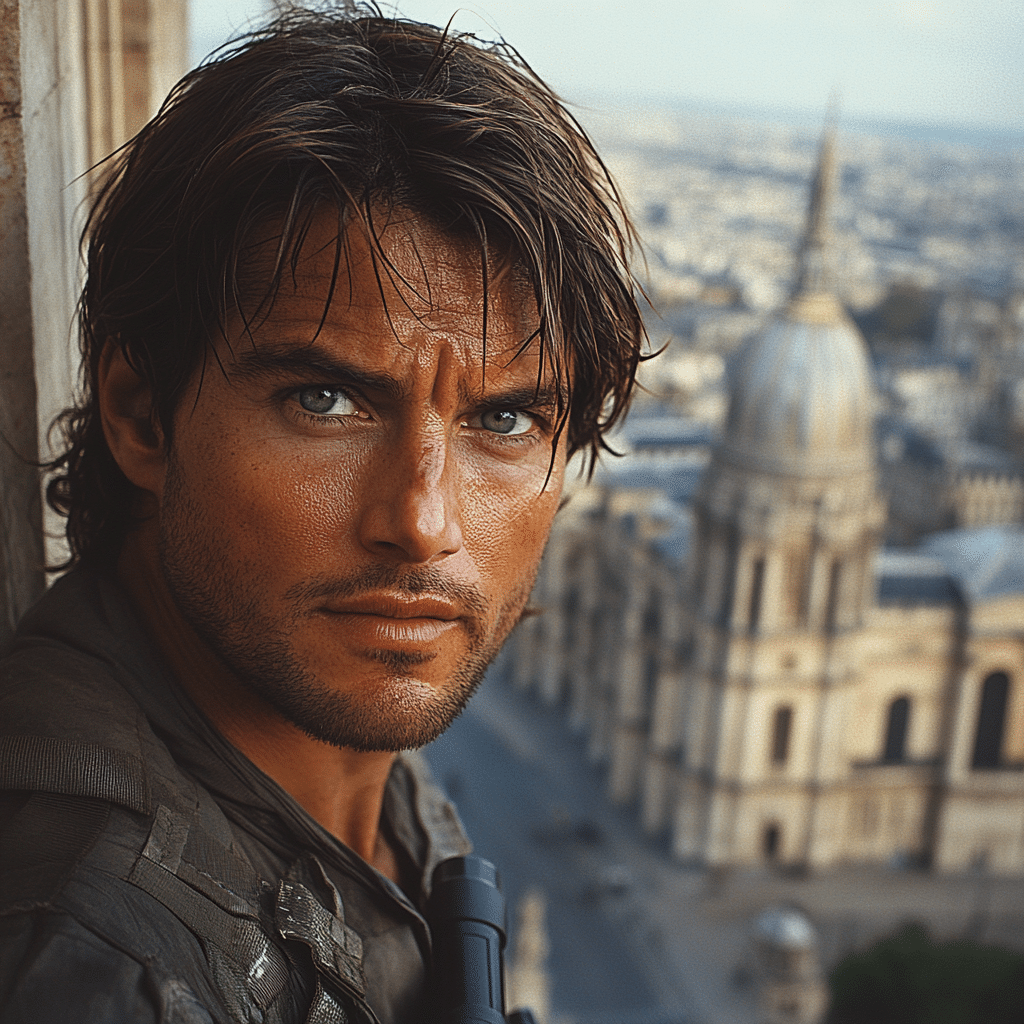


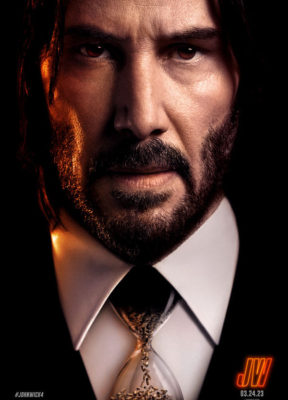
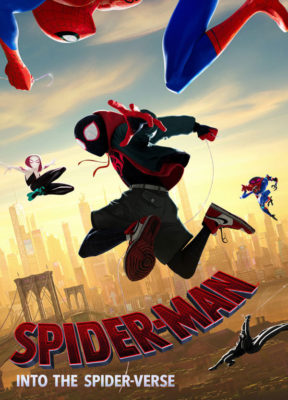
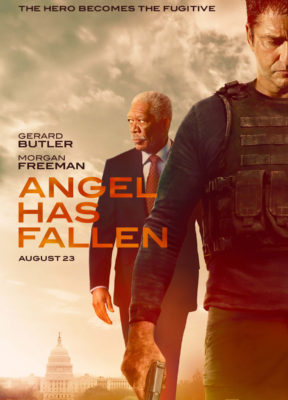
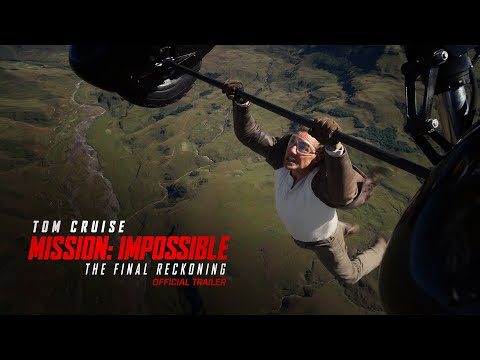
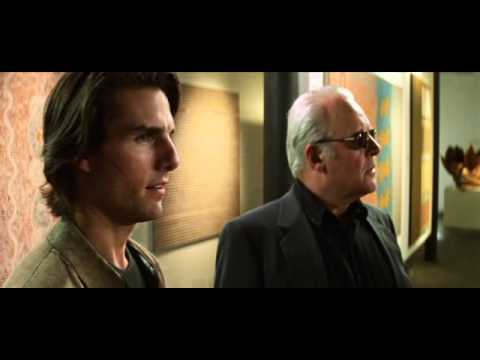
![Mission: Impossible II / M:I-2 (2000) - 'Injection' scene [1080]](https://www.loaded.video/wp-content/cache/flying-press/tBMw9CHrCJY-hqdefault.jpg)




